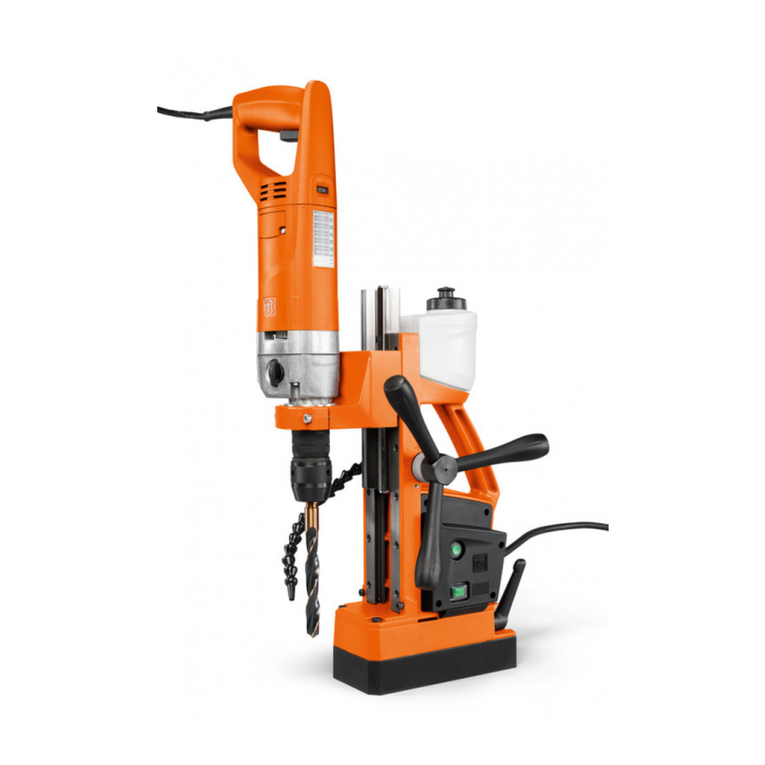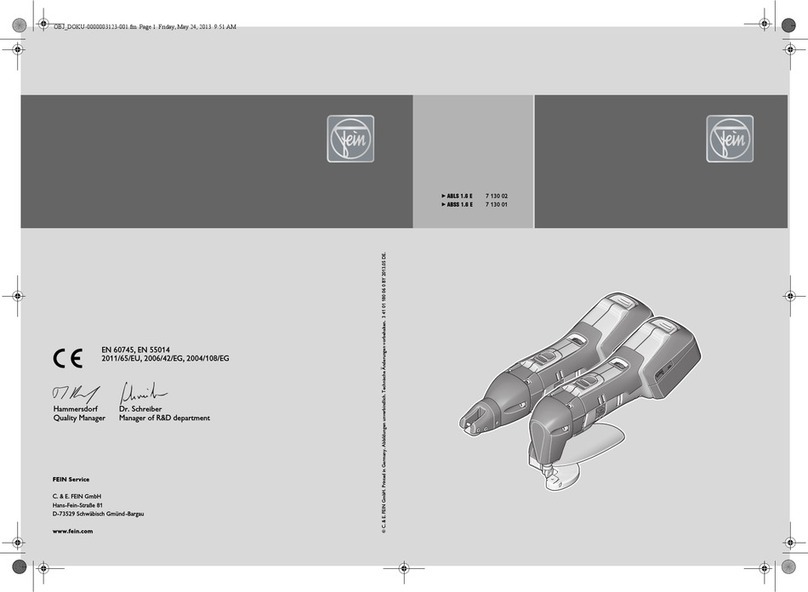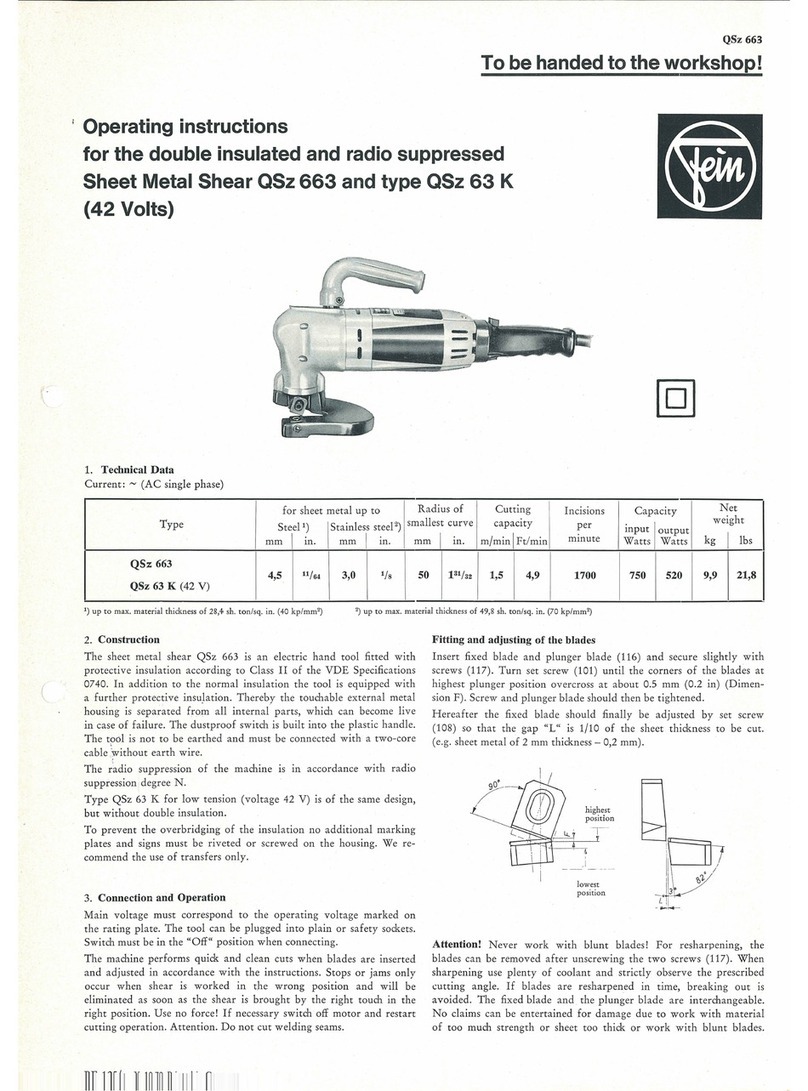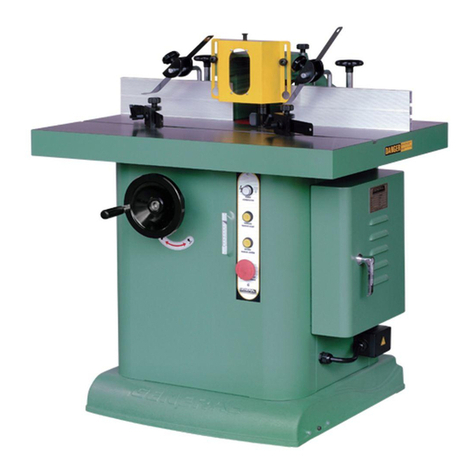Fein ABLK1.3TE User manual
Other Fein Power Tools manuals

Fein
Fein MM 300 Plus User manual

Fein
Fein ABLS18-1.6E User manual

Fein
Fein BLs 1.6 User manual
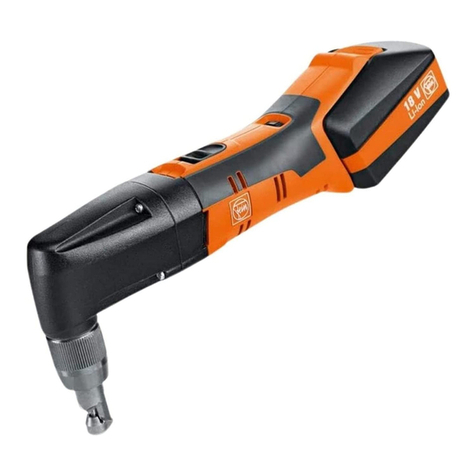
Fein
Fein ABLK18-1.3TE User manual
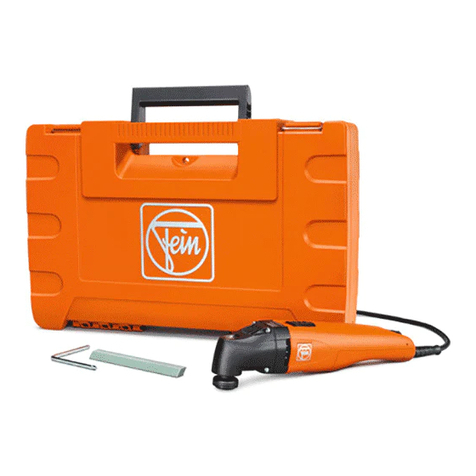
Fein
Fein FSC1.6X User manual
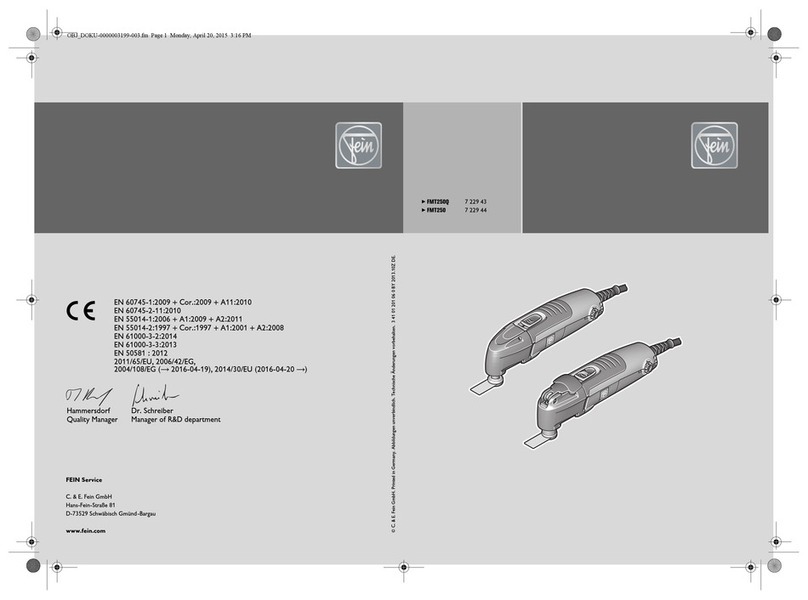
Fein
Fein 7 229 43 User manual
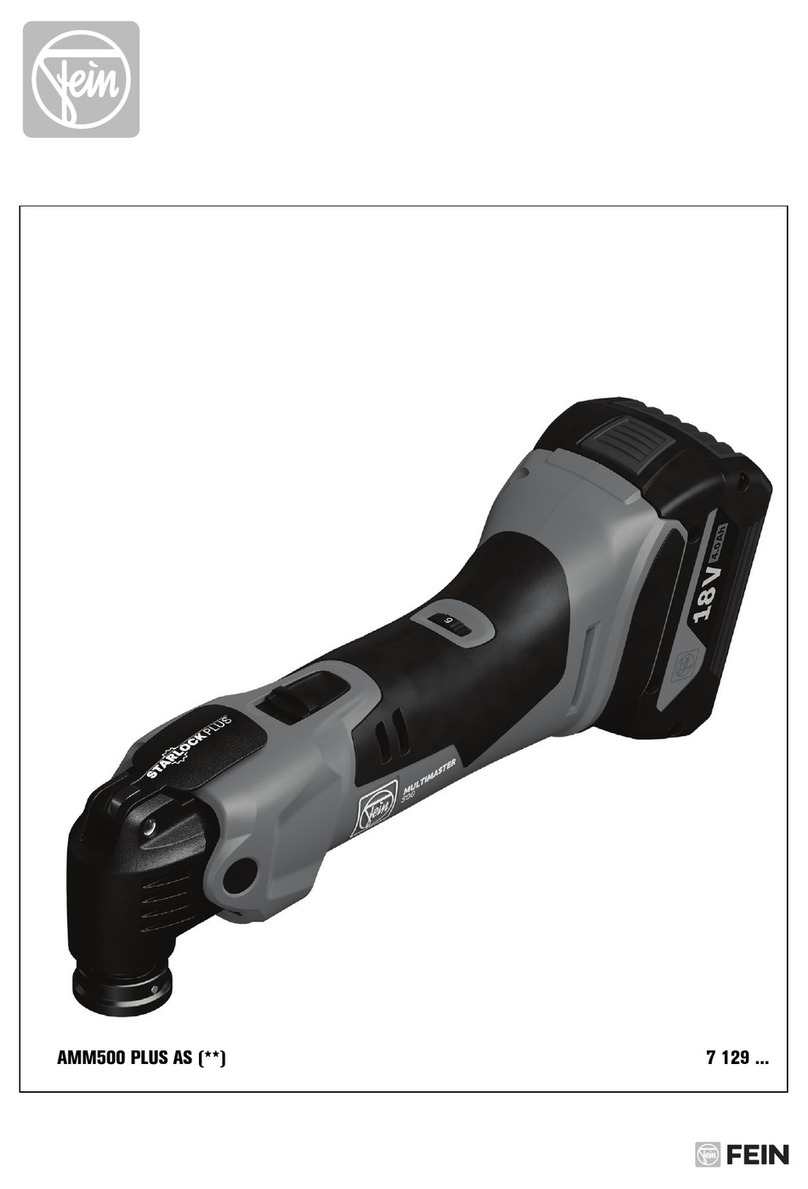
Fein
Fein AMM500 PLUS AS User manual

Fein
Fein ASt638 User manual
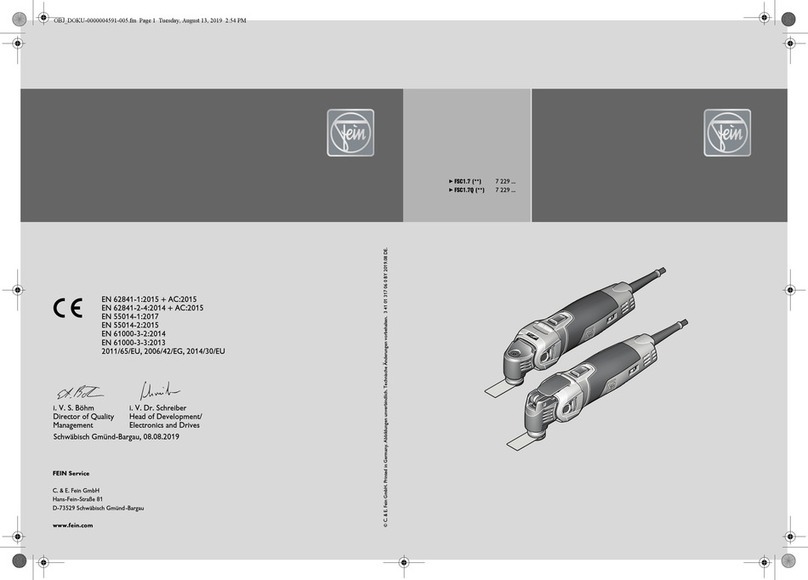
Fein
Fein FSC 1.7 Q User manual
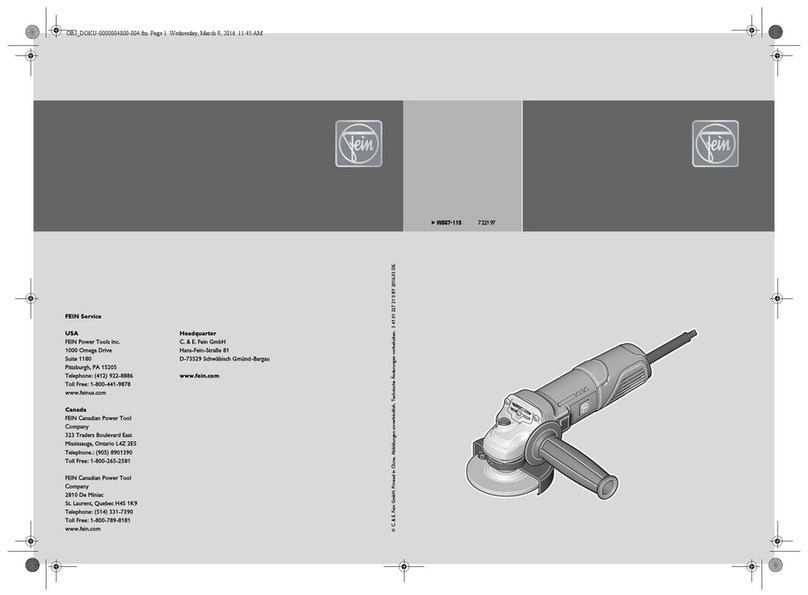
Fein
Fein WSG7-115 User manual
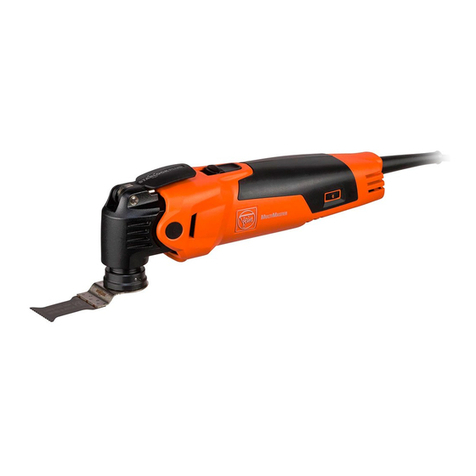
Fein
Fein FMM350QSL User manual
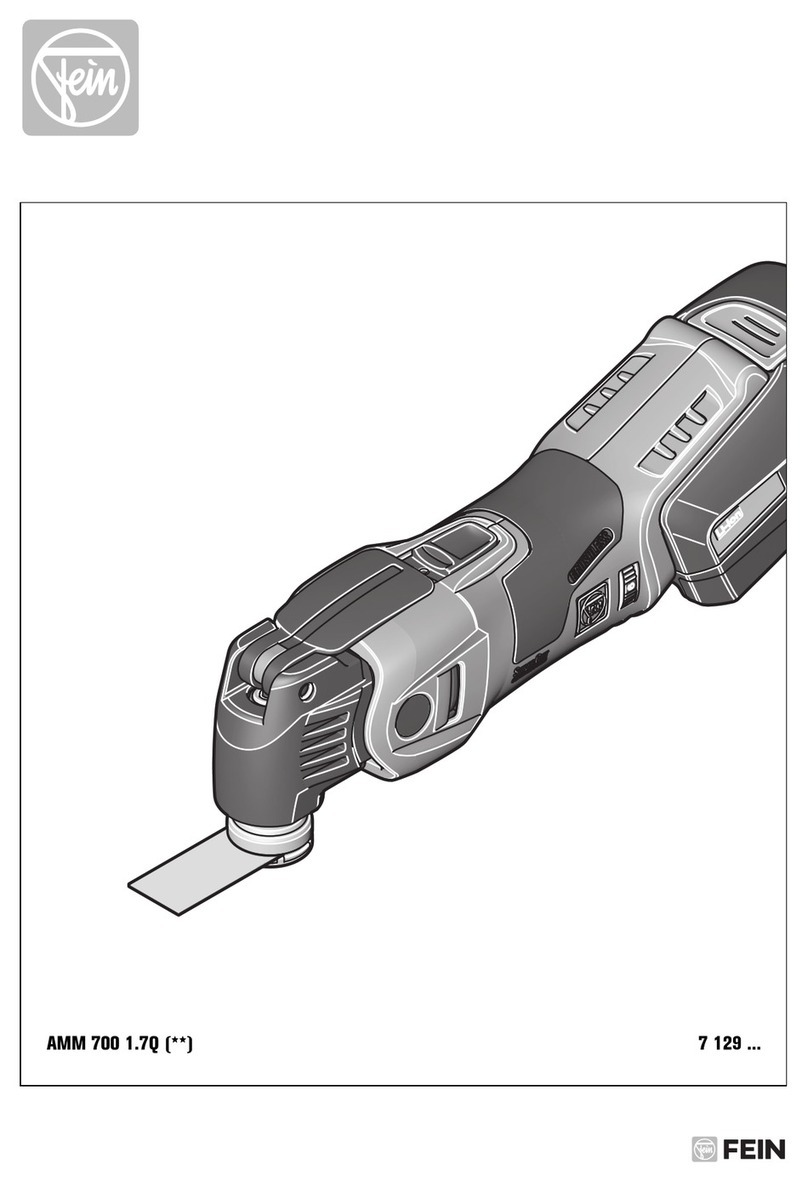
Fein
Fein AMM 700 1.7Q Series User manual
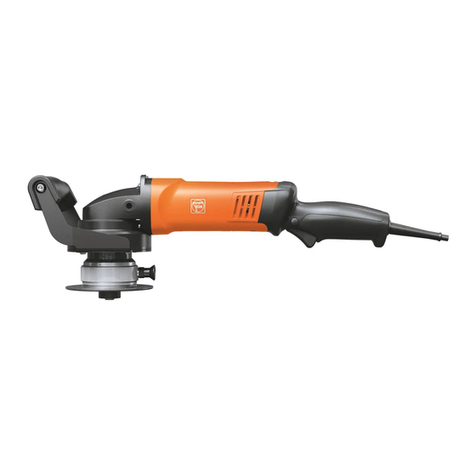
Fein
Fein KFH17-15R Setup guide
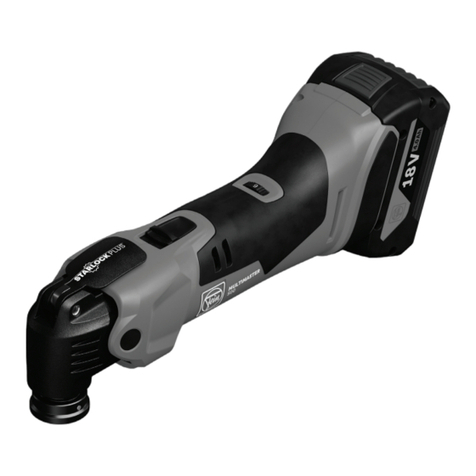
Fein
Fein MultiMaster AMM 500 Plus Top AS User manual
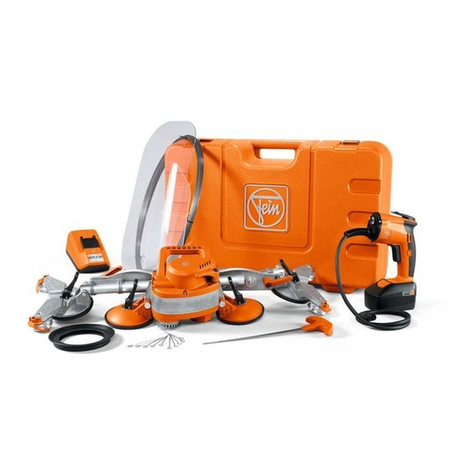
Fein
Fein ADAS 18 User manual
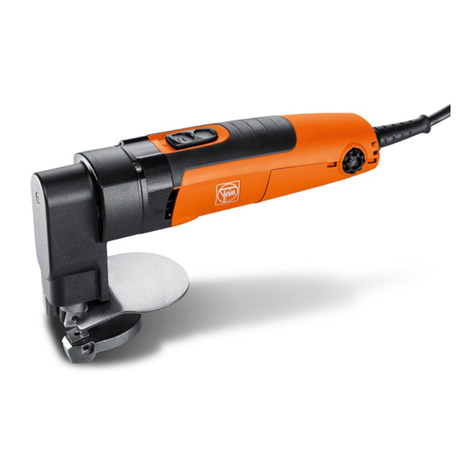
Fein
Fein BLS 1.6 E User manual
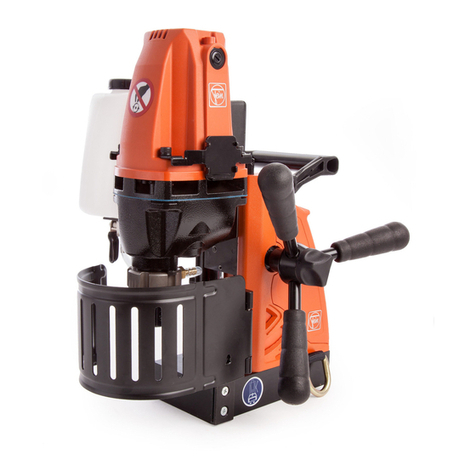
Fein
Fein KBB30 User manual

Fein
Fein FMT250 Setup guide
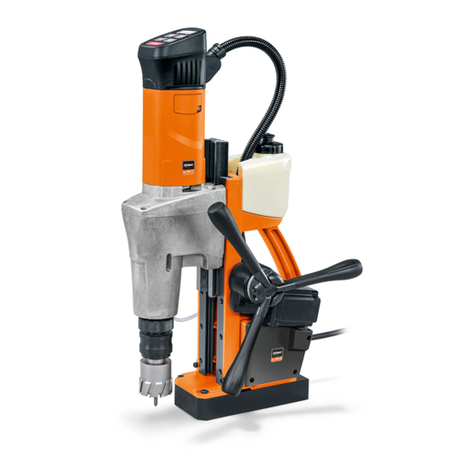
Fein
Fein KBM 50 auto Setup guide
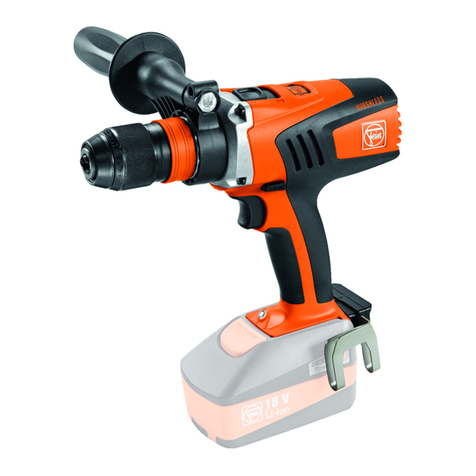
Fein
Fein ASCM18QM Series User manual
Popular Power Tools manuals by other brands

WABCO
WABCO OptiTire installation manual

EINHELL
EINHELL TE-MS 18/210 Li Original operating instructions

Orgapack
Orgapack OR-T 85 Operating and safety instructions

TOUGHCUT
TOUGHCUT Diamond 400 instruction manual

Yaros
Yaros PB-3603 user manual

Baileigh Industrial
Baileigh Industrial SS-2725 Operator's manual

